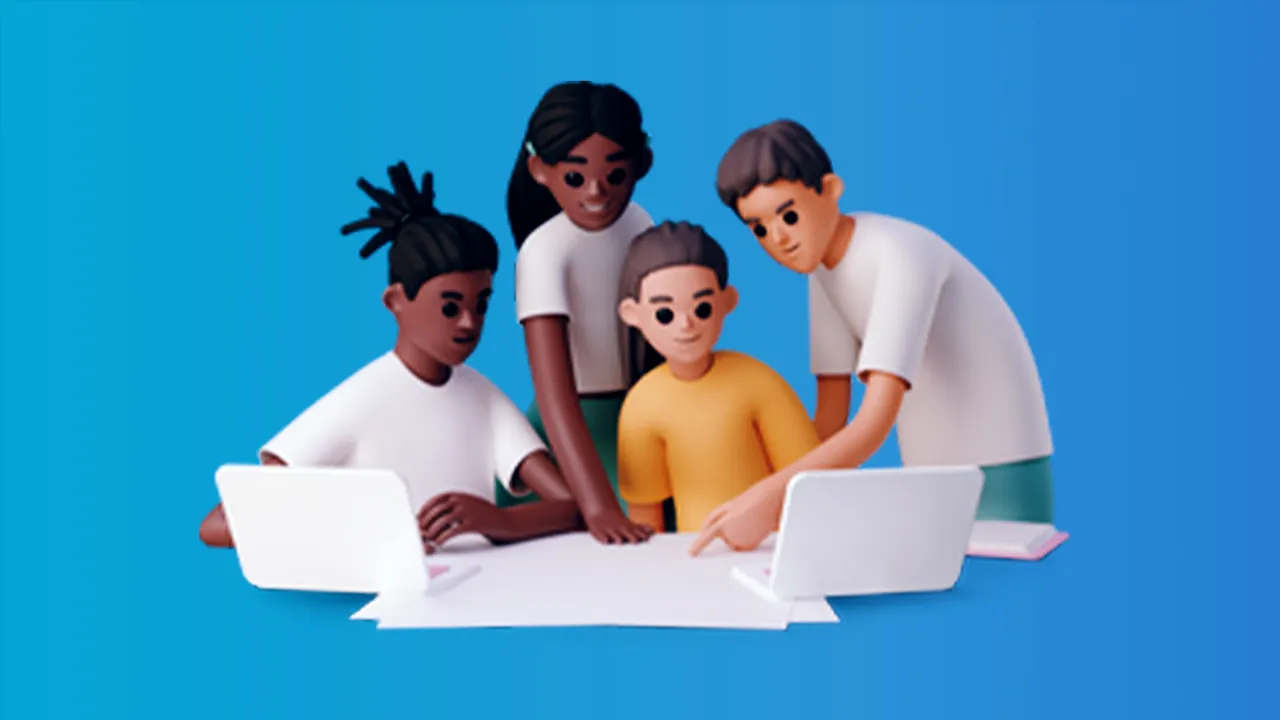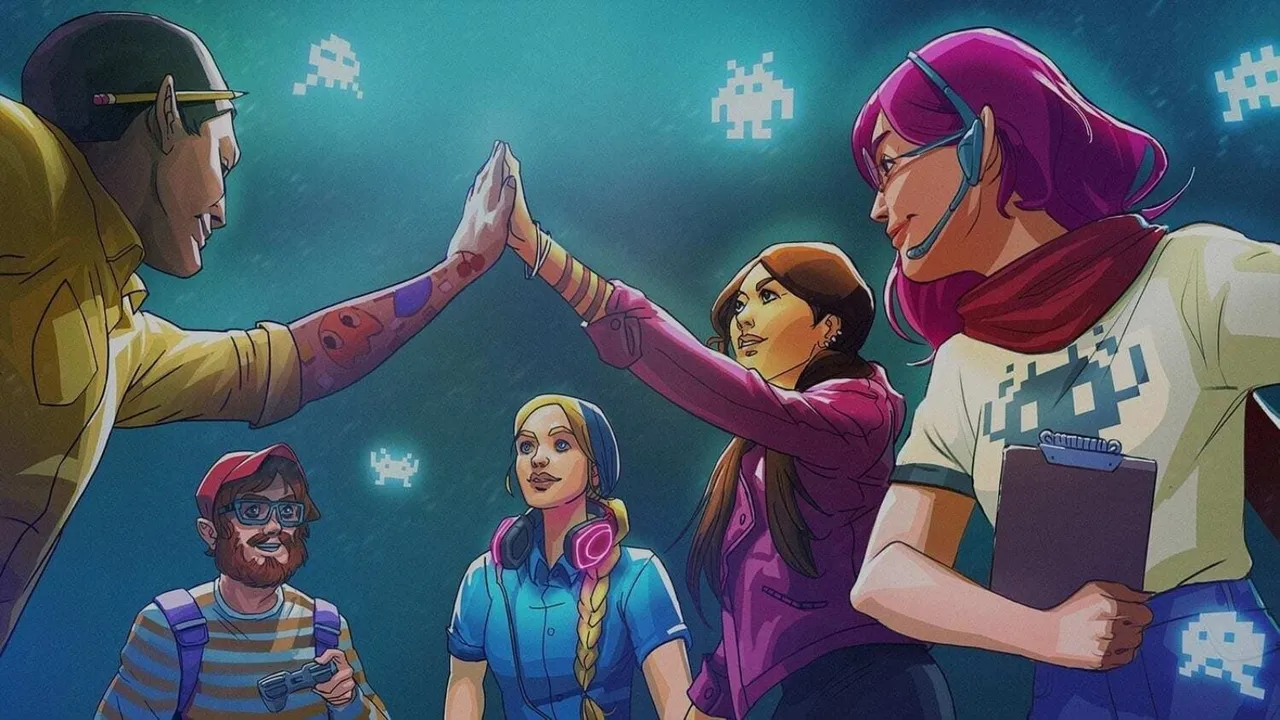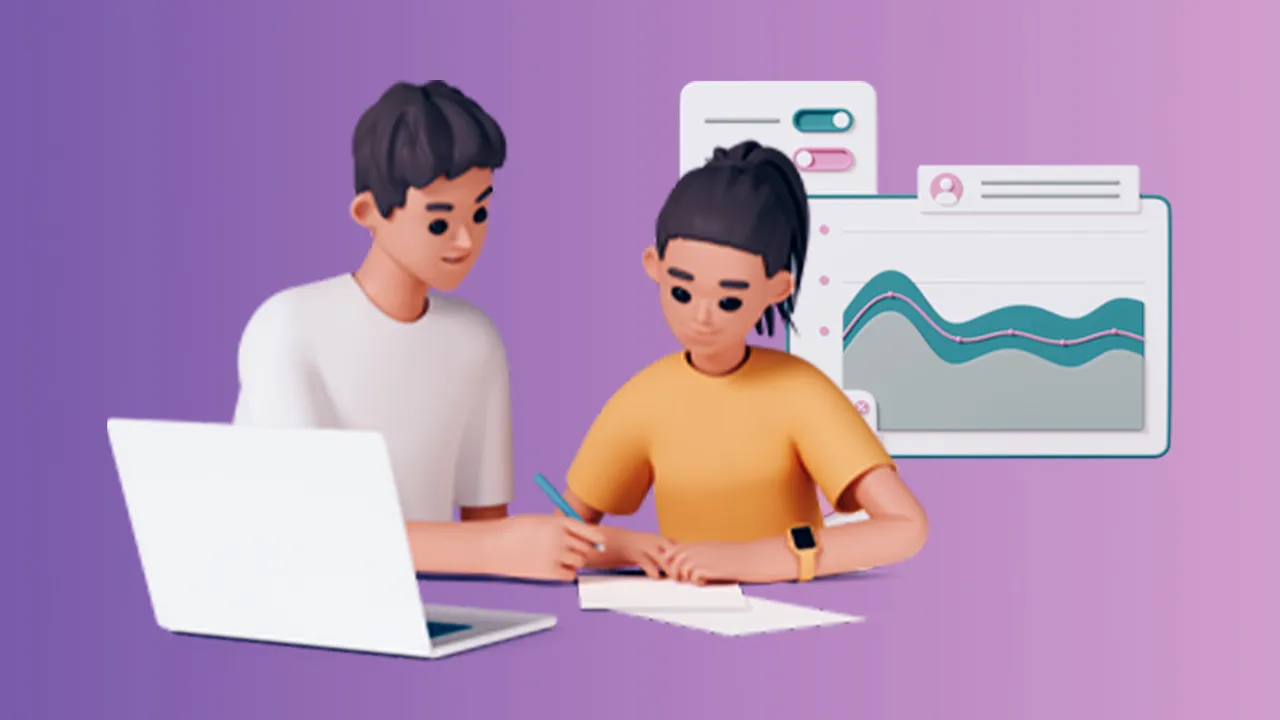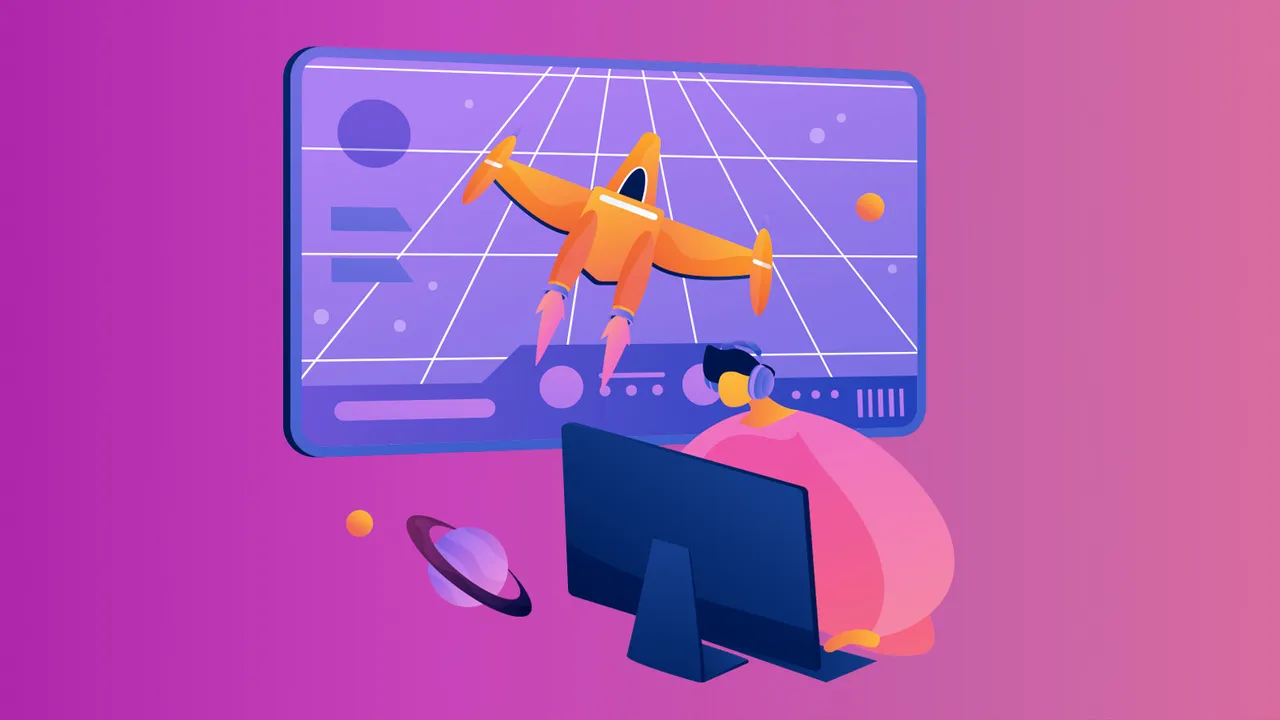Multiplayer Design Jobs in the Video Game Industry: The Ultimate Quick Guide
Introduction
The video game industry has seen tremendous growth in the realm of multiplayer gaming, with countless players enjoying online interactions and competition with others around the world. As a result, the demand for skilled professionals specializing in multiplayer design has grown on Hitmarker and other gaming industry job boards. Multiplayer designers are responsible for crafting engaging and balanced experiences that cater to various play styles and skill levels while fostering a sense of community and teamwork.
Key Responsibilities of Multiplayer Designers
Multiplayer designers are tasked with various responsibilities, some of which include:
Designing and implementing multiplayer game modes that are engaging, balanced, and entertaining for players.
Collaborating with other designers, programmers, artists, and producers to create cohesive gameplay experiences.
Analyzing player feedback, telemetry data, and game metrics to refine and optimize multiplayer systems and features.
Developing in-game progression systems that reward players for their time and investment in the game.
Ensuring that multiplayer experiences are accessible and enjoyable for players of all skill levels.
Skills and Qualifications
Multiplayer designers are typically expected to possess a strong understanding of game design principles, as well as a passion for online gaming. Some specific skills and qualifications often sought after in multiplayer design candidates include:
A degree in game design, computer science, or a related field.
Experience with game design tools and software, such as Unreal Engine or Unity.
Strong communication and teamwork skills, as multiplayer design often involves collaboration with various disciplines within a development team.
An understanding of player psychology and behavior, which can help inform design decisions and create more engaging experiences.
Familiarity with current trends and best practices in multiplayer game design.
Working with Other Disciplines
Multiplayer designers often work closely with other professionals within the game development team. For example, they may collaborate with level designers to create balanced and engaging multiplayer maps, or work alongside programmers to develop and refine multiplayer systems and mechanics. Additionally, they may consult with user experience (UX) designers to ensure that multiplayer features are intuitive and easy to navigate.
Multiplayer Design in Various Gaming Platforms
The role of a multiplayer designer may vary depending on the gaming platform being targeted. For example, designing multiplayer experiences for console and PC games may require different considerations than designing for mobile or virtual reality platforms. With the growing popularity of cross-platform play, designers must also consider how to create seamless experiences for players across different devices and platforms.
The Importance of Balancing and Fair Play
One of the most critical aspects of multiplayer design is ensuring that gameplay is balanced and fair for all players. This involves tweaking and refining game mechanics, such as character abilities, weapon stats, and spawn points, to create a level playing field. Multiplayer designers must also be mindful of potential exploits and cheating, implementing measures to prevent unfair advantages and maintain a positive gaming environment.
The Role of Social Features and Community Building
Multiplayer designers must consider how to foster a sense of community and camaraderie among players. This can involve designing social features, such as in-game chat systems, clans, and friend lists, as well as creating opportunities for teamwork and cooperation within the game itself. By promoting positive social interactions, multiplayer designers can help cultivate loyal player bases and keep users engaged for extended periods.
Career Growth and Opportunities
With the ongoing growth of online gaming, the demand for skilled multiplayer designers on our platform is expected to continue rising. This provides ample opportunities for career growth and development within the industry. As multiplayer designers gain experience and expertise, they may progress to senior or lead design roles, overseeing larger teams and taking on more significant responsibilities within the development process. Additionally, experienced multiplayer designers may have the opportunity to branch out into other areas of game design, such as narrative or systems design, or even transition into production roles.
Salaries and Job Outlook
The salaries for multiplayer design jobs can vary based on factors such as location, experience, and the size of the development studio. According to Glassdoor, the average salary for a game designer in the United States is approximately $70,000 per year, with more experienced designers potentially earning higher salaries. As the video game industry continues to expand, particularly in the realm of online gaming, the job outlook for multiplayer designers remains promising.
Getting Started in Multiplayer Design
For those interested in pursuing a career in multiplayer design, there are several steps to consider:
Obtain a degree in game design, computer science, or a related field, or gain experience through self-teaching and personal projects.
Develop a strong portfolio showcasing your design skills and understanding of multiplayer game design principles.
Network with professionals in the video game industry through events, conferences, and online forums.
Apply for internships or entry-level positions on Hitmarker to gain hands-on experience.
Stay up-to-date with industry news, trends, best practices, and emerging technologies to continually refine your skills and knowledge.
Conclusion
Multiplayer design jobs in the video game industry offer exciting opportunities for individuals passionate about creating engaging and dynamic online experiences. As the demand for multiplayer games continues to grow, professionals skilled in this specialized area of game design will find ample opportunities for career growth and success.
-
 Landing a Summer Internship in the Video Game Industry: The Ultimate Quick Guide
Landing a Summer Internship in the Video Game Industry: The Ultimate Quick Guide -
 Entry-level Jobs in the Video Game Industry: The Ultimate Guide
Entry-level Jobs in the Video Game Industry: The Ultimate Guide -
 Junior-level Jobs in the Video Game Industry: The Ultimate Guide
Junior-level Jobs in the Video Game Industry: The Ultimate Guide -
 Intermediate-level Jobs in the Video Game Industry: The Ultimate Guide
Intermediate-level Jobs in the Video Game Industry: The Ultimate Guide -
 Senior-level Jobs in the Video Game Industry: The Ultimate Guide
Senior-level Jobs in the Video Game Industry: The Ultimate Guide -
 Getting into gaming: Strategies for landing your first game development job with Katherine Mould of Keywords Studios
Getting into gaming: Strategies for landing your first game development job with Katherine Mould of Keywords Studios -
 Art and Animation Jobs in the Video Game Industry: An Overview
Art and Animation Jobs in the Video Game Industry: An Overview -
 Business Operations Jobs in the Video Game Industry: An Overview
Business Operations Jobs in the Video Game Industry: An Overview -
 Communications and Marketing Jobs in the Video Game Industry: An Overview
Communications and Marketing Jobs in the Video Game Industry: An Overview -
 Content Creation Jobs in the Video Game Industry: An Overview
Content Creation Jobs in the Video Game Industry: An Overview -
 Game Design Jobs in the Video Game Industry: An Overview
Game Design Jobs in the Video Game Industry: An Overview -
 Game Development Jobs in the Video Game Industry: An Overview
Game Development Jobs in the Video Game Industry: An Overview